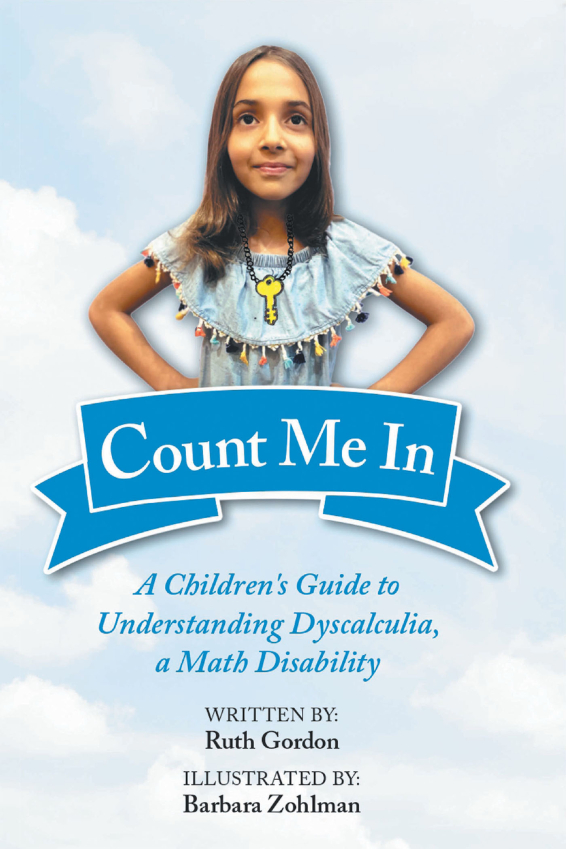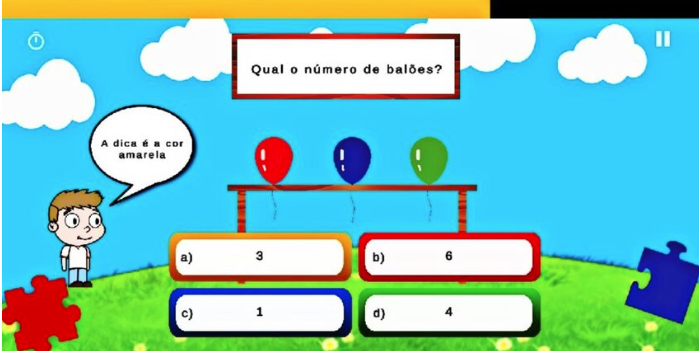Skip to content




By Sarah Jones
Picture the scene, if you will. You are walking towards a room that you suppose to be empty when you receive a sharp shove through the door, which subsequently locks behind you. There’s something in the corner, you hear it before you see it and as it rises, roaring on it’s hind legs you realise that it is a huge bear of mountainous proportions. It fixes you with its stare, roars once more and advances towards you. An experience like this would return you to your primitive brain, known as the amygdala. It would trigger a ‘survival’ response of fight, flight, freeze or collapse. You would be unable to think beyond your most basic human need to somehow get out of this situation alive.
For many people, maths is the bear.
Maths, even the thought of doing maths or going to a maths lesson, is enough to provoke a response similar to that which they would experience in a situation where they believed they were in danger of physical harm.
Mathematics anxiety exists among people who otherwise do not experience anxiety and others who do. It occurs across a range of attainment and ability levels. It is a strong feeling of concern, worry or fear that, when engaging in maths activities, something disagreeable, or even harmful, will happen. This might happen in the classroom or in a real-life mathematical scenario, such as calculating a tip in a restaurant or working out the best offer on merchandise when shopping.
There are books, research and journal articles about maths anxiety that are disproportionately higher than subject specific anxiety around any other National Curriculum subject. Perhaps it is the idea that maths is either right or wrong, that causes this anxiety- the unforgiving nature of a subject felt to be largely black or white, without the shades of grey in English or the openness to interpretation of the social sciences? Maybe it is the way in which maths so often becomes too abstract too quickly in many classroom contexts, with little or no reference to concrete manipulatives and pictorial representations beyond early key stage two? It could even stem from the lie that some people are ‘maths people’ whilst others are not, or the systemic view in some cultures that it is OK to be rubbish at maths and even joke about this in a way in which illiteracy would never be held up in self-ridicule.
It might surprise you to know that there is evidence to suggest that high maths anxiety is not necessarily linked to weak knowledge and understanding of the subject. Many highly attaining mathematicians struggle with maths anxiety and are filled with fear that prevents them from fulfilling their true potential. Equally, many people with specific difficulties with number, including dyscalculia, do not present with any traits of such anxiety.
Research shows us that first learning experiences make a dominant entry to the brain,
How can we banish the bear from our classrooms? What can we do to support our maths anxious learners to overcome their fears? We can teach calming strategies when they are calm and remind them of these when their anxiety starts to rise. We can start our teaching from a place where they feel confident and build on existing knowledge. We can pre-teach vocabulary, making semantic and pragmatic links, and overlearn by playing games with dice, cards and dominoes to build confidence and resilience. We can reduce the pressure of timed tasks in class and personalise homework to meet individual needs. We can build a classroom culture where mistakes are valued as opportunities to develop and deepen understanding and where there is nothing to fear.
Did you know that when you make mistakes in maths, synapses in your brain fire, causing your brain to effectively grow? Struggle in maths should be encouraged- this is how we will cultivate and grow the problem solvers of tomorrow. Teachers should share this with their students- it’s OK to struggle, it’s OK not to understand, it’s OK to get stuck. Our maths classrooms should be safe places where children are encouraged to develop strategies, make connections, see patterns and explore numbers in all their glory.
And one last thing, probably the smallest and yet the most important of all, when you talk to maths anxious (or any other) children in your numeracy classes, don’t forget to smile.
Sarah Jones- February 2023.







